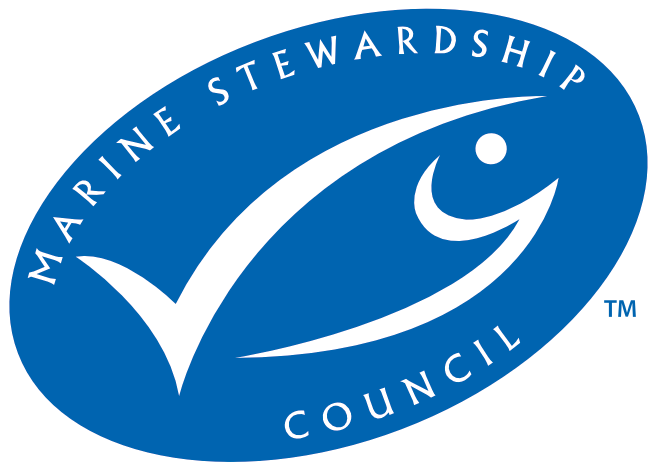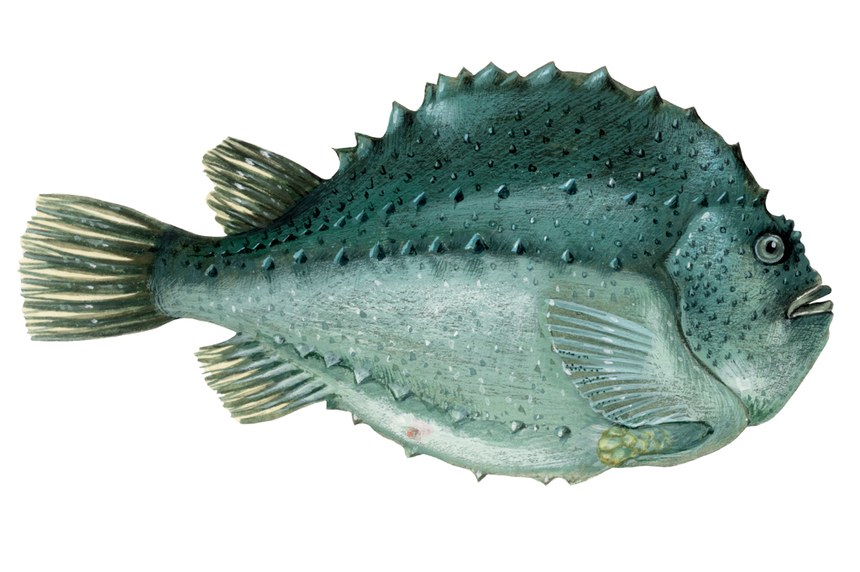
- Certifier :
- DNV
- Certified status :
- Certified
- Certified since :
- 13 Aug 2015
- Certificate expires :
- 13 Feb 2026
Overview
Fisheries are composed of one or more parts, each of which is entitled to receive an MSC certificate. These parts or “units” are defined by their target stock(s), fishing gear type(s) and if relevant vessel type(s), and the fishing fleets or groups of vessels.
When the term “Unit of Certification” is used for fishing units that are in assessment, it refers to the “Unit of Assessment” or “Unit of potential certification”. Expand a status below to view the parts that form this fishery. To check the detailed scope, download the latest certificate or open the Assessments page to get the latest report. Find out more by visiting our page on Fisheries
Catch by Species
| Species | Reported Catch Year | Metric Tonnes |
|---|---|---|
| Lumpfish(=Lumpsucker) (Cyclopterus lumpus) | 2021 | 1,136 |
Information is provided by an independent Conformity Assessment Body as live weight (the weight of species at the time of catch, before processing) and where a fishing season covers multiple years, the end year is given as the reported catch year. Additional information is available in the latest report, see the assessments page.
Eligibility, client groups and vessel lists
A fishery may choose to define the members of the fishery certificate. These members can be vessels or other client group members (e.g. companies that own vessels and/or companies that are named as eligible to handle certified product covered within the fishery certificate scope). Please refer to the fishery certificate statement on additional product specific eligibility criteria (e.g. product eligibility limitations, eligibility date, exclusive points of landing and the point where Chain of Custody certificate is required). Please consult the fishery Public Certification Report for product eligibility rationale.
| Documents | Published on | Files |
|---|---|---|
| Vessel List | 24 May 2023 | 1 files |
| List of client group members | 25 May 2023 | 1 files |
About this Fishery
Lumpfish (Cyclopterus lumpus) image © Scandinavian Fishing Year Book
Lumpfish are found in colder waters in northern latitudes. The Greenland lumpfish fishery, which operates along the west coast, is the largest in the world. Lumpfish also occur around Iceland, along the Canadian Labrador coast, and in the North Sea, Baltic Sea and Barents Sea.
Lumpfish has a large, squat body, and typically grows to a body length of about 50 cm. It is mainly harvested for its roe, a highly prized alternative to caviar.
Greenland lumpfish fishermen operate close to shore in small boats and using highly selective static gillnets. These consist of a single netting wall kept more or less vertical by a floatline and a weighted groundline. The net is set on the bottom or at a certain distance above it and kept stationary by anchors or weights.
The lumpfish fishery has a well-defined fishing season with little overlap with other fisheries.
Market Information
A small volume of whole fish is consumed in the domestic market, probably amounting to less than 5 tonnes per year. The main commercial markets for salted roe are Germany, France, Sweden and Denmark.
